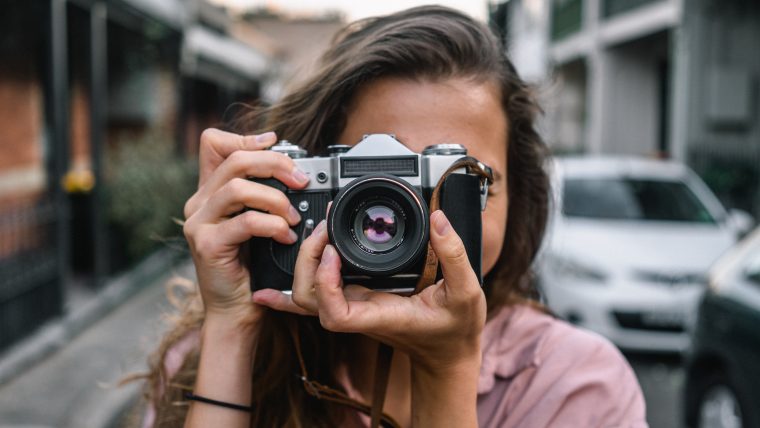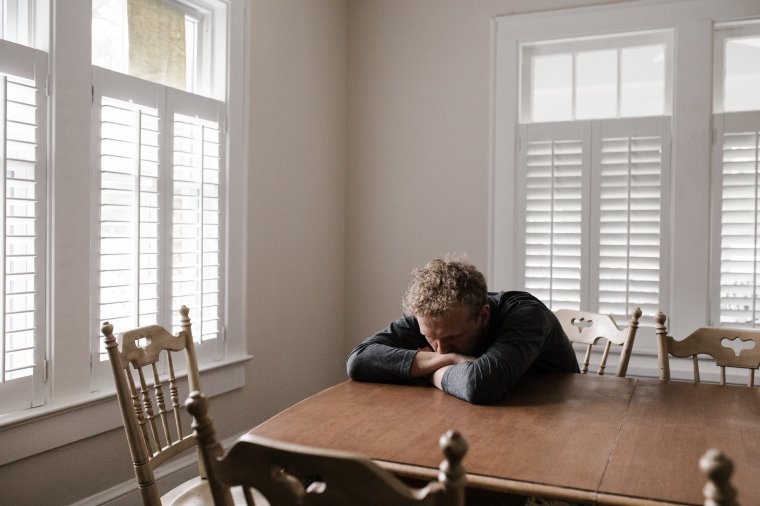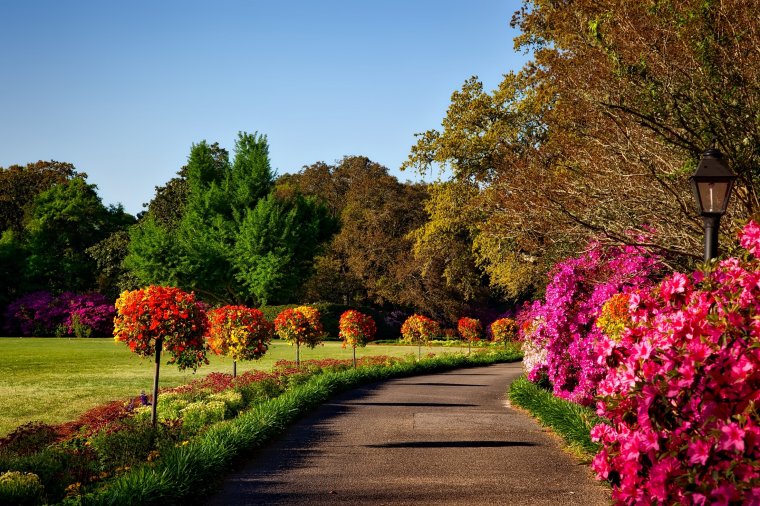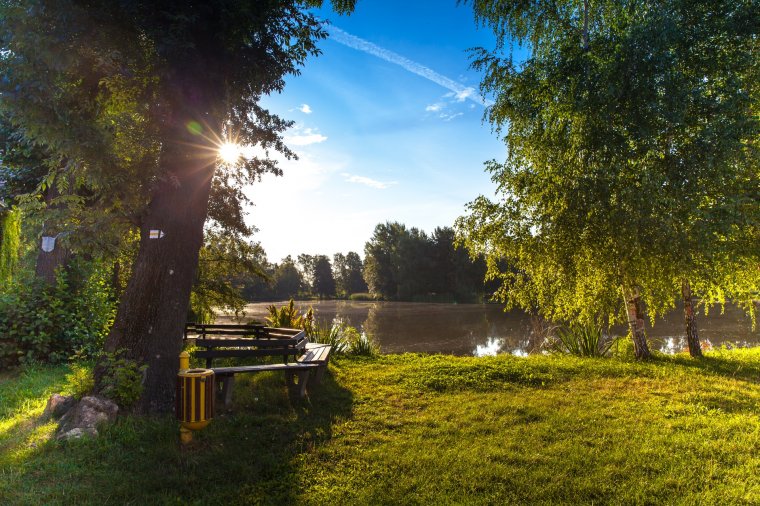
For all anxiety sufferers, seeking instant relief from symptoms becomes a life mission, but what if I tell you that pursuing photography as a hobby can work far better than many other medicines? In this post, I’m going to approach the topic of anxiety relief therapy from engaging in hobbies and enjoying outdoor time rather than just sticking to medication. A word of advice: please beware that this approach does not replace seeking treatment from a physician; if you currently experience a severe anxiety syndrome please seek medical help to treat the illness the sooner the better.
Table of Contents
Known as THE 21st-century illness, there’s no doubt anxiety follows us all very closely considering that over 40 million people in the US have at least experienced anxiety-related symptoms at least once in their life. In a brief explanation, anxiety is an exaggerated response to the fight-or-flight mechanism our body has to avoid threats. Our cortisol levels increase and we become hyper-aware of our situation for survival purposes. Such primal instinct can be acknowledged as reminiscent of the pre-civilization days where hunting was the prime method to acquire food, and where living accommodations were not permanent. However, when facing intense bouts of stress, the body automatically switches to said mode to “protect” us from any kind of hazard, even when our hazards are actually our living habits.
Below you can see a list of the most common physical and mental manifestations of anxiety:
The tricky part is: anxiety is cyclical. The same symptoms that anxiety exhibits can boost themselves as we shift our focus into stopping the situation rather than addressing the reasons why our body manifested these patterns. Work overload, financial burden, family trouble, ending a relationship, finding out about a bad illness – there are many triggers that can “switch on” the anxiety shutter, hence why we always require introspection to acknowledge the true reason for anxiety suffering.

Photo by Andrew Neel from Pexels
And before immediately jumping into the benzodiazepine wagon, you should know that there are alternative methods to treat anxiety, and even overcome it:
Photography, thankfully, as a discipline can fit into several of those alternative methods for treating anxiety, and that’s the reason why we’re going to explore how to accomplish it.
One instant reflex of all anxiety sufferers is to recluse themselves indoors. You instantly find excuses to avoid social situations so other people don’t find you jumpy, sleep-deprived, and many other etcéteras related to this syndrome. The truth is, such an approach only worsens the scenario given that you associate your home with an anxiety-inducing reference instead of seeing it as a secure shelter for your problems (and way worse if you work from home as a freelancer, with no strict time agenda).
Instead, take an hour or two per day to stroll outside, pack your camera or smartphone, and give yourself permission to detach from the worries through your camera lens. If you’ve never practised photography before, you may become surprised about your creative skills, as the whole point of this exercise is not to strive for perfection but let your instincts kick in to find joy.

By doing this, you’re likely to discover new places – or even rediscover many of them as you’re not just passing by but taking your time to appreciate the details of each scene. The vegetation, the people in action, animals, even the sky tones and lighting. Also, you get the benefits of vitamin D as you’re walking outdoors under the sunlight.
One of the key points that all anxiety patients can relate to is how easy is to get your mind fixed on the idea to feel better. Even to the point of ignoring all other tasks or not being able to concentrate to perform at work, studies, or your daily chores. So why photography shall work?
If you give your anxiety something else to focus on, rather than your overall health, you decrease the risk for Googling whatever illness you think your symptoms can lead to, instead you place all that energy into focusing on your craft. Quality photography requires concentration, not just to produce satisfactory composition results but also to avoid shaking up the scene.

Photo by Torsten Kellermann from Pexels
Don’t force yourself to manual mode if you’re a beginner. Opt for landscape or portrait mode, and work your way until you feel comfortable to experiment with Aperture or Shutter Priority. The whole idea behind this is to relax and not to build frustration.
Embrace photography as a new aspect of your identity. Maybe you sought to practice photography for so many years but never gave yourself the chance to try it. Maybe it was fear of failure. Whatever your excuse was, put it aside and say this out loud: you are a photographer.
Regardless of the niche, you feel more comfortable in, photography can bring you many joys as well as frustrations, and that’s the biggest life lesson you can get when dealing with anxiety: not all things shall be perfect. Constantly aiming for perfection is unreal, yet it’s a common issue for most anxiety patients – and before you say it, it’s not something you can control, I know that by heart.
The time you will spend as a photographer is a new chance to discover the things that matter the most to you. To give yourself permission to be free, at least for some hours, from all responsibilities, business-related agenda, family and more. It’s a one-on-one session with you, and the camera is the only guest invited to that party.
Don’t feel selfish by taking this approach. Your mental health should become above all things, and neglecting your needs for far too long induces this syndrome. One common belief is that too much caffeine can worsen the onset of anxiety, well, the same thing can be said if you do a sudden removal of your caffeine intake. Limit your caffeine consumption to one cup a day.
When it comes to expectations, don’t cultivate an “all-or-nothing” mentality, as that can severely worsen your prognosis. Learn to accept failure as part of your life, and approach photography or any other hobby you take as a constant learner instead of as an aspiring professional – that second take could immediately block your creativity if you lack technical skills.
By all means, DON’T compare yourself to others. It won’t do any good, just boost your insecurities and your anxiety in the same move. Just relax and go with the flow.
Comments (0)
There are no comments yet.